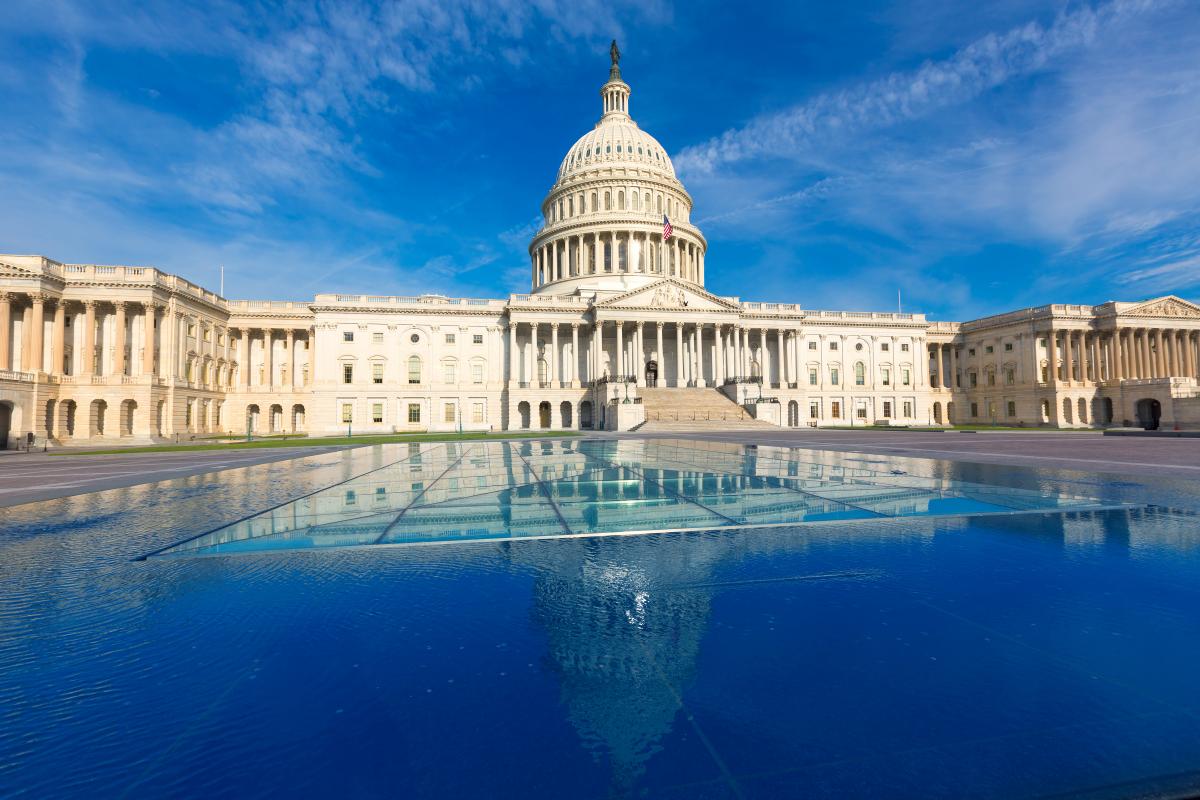 This could be a busy year for lawmakers on a number of matters relevant to the retirement industry, American Retirement Association CEO Brian Graff and NTSA Executive Director Mark Luckinbill suggested at a Feb. 6 session of the NTSA Summit held in Phoenix, AZ.
This could be a busy year for lawmakers on a number of matters relevant to the retirement industry, American Retirement Association CEO Brian Graff and NTSA Executive Director Mark Luckinbill suggested at a Feb. 6 session of the NTSA Summit held in Phoenix, AZ.
What Could Have Been
There was an effort late in 2021 to pass the Build Back Better legislation, but it did not come to fruition. “At this point, it’s dead,” said Graff.
One provision that was especially relevant to the NTSA, said Graff, called for restrictions on the kinds of assets IRAs can hold.
But while the bill writ large may be experiencing rigor mortis, parts of it could be resurrected in other forms, Graff suggested. He told attendees that it is possible that we could see pieces of it reappear as separate proposals, with an effort to pass them through the budget reconciliation process. It’s “pretty rare” that the party in control gives up the use of reconciliation, Graff observed. Nonetheless, he added, it is uncertain whether whatever is proposed will satisfy both progressives and moderates.
What Could Be
Much more possible, Graff indicated, are developments concerning SECURE 2.0, remarking that its prospects are “significant” this year.
Especially relevant to the NTSA, said Graff, are provisions that would expand pooled employer plans (PEPs). “It’s one of those things in the bill that everyone gets is a good idea,” said Graff. Another is the possibility of a provision concerning 403(b)s investing in collective investment trusts.
It is also possible that we may see:
- a revisiting of the required minimum distribution age;
- an increase in the catch up contribution amounts, for certain ages;
- a “dramatic” increase in the start-up credit for new plans; and
- provisions requiring that all catch-up contributions be Roth only.
Another possibility is that there may be a push in the Senate concerning:
- “starter K” plans—deferral-only plans with a limit a little higher than a 401(k), but no nondiscrimination testing requirements;
- auto portability—requiring that cashouts go to an IRA in order to help stem leakage from retirement accounts;
- building emergency savings, especially through changing the hardship rules; and
- access to funds in order to meet emergency situations created by natural disasters.
Savings Levels
“We’ve got to stem the tide” of leakage from retirement plans, said Graff, adding, “It’s not okay” how much money is leaving the accounts of many people who are in the middle-income range.
Graff did strike a hopeful note as well, observing that there are “tens of millions” who have savings plans but no retirement income plan. He said that there are “huge opportunities” for the industry to develop products that will produce retirement income. This is a “huge frontier opportunity,” Graff said. “We’ve got to figure this out.”
At the State Level
State legislators are noticing trends in the education sector, suggested Luckinbill, and now we are seeing the introduction of legislation that aims to retain educators, recruit new ones and bring back those who have retired.
Luckinbill observed that there is increasing pressure concerning a multi-vendor environment. The NTSA is “definitely watching certain states very, very closely” regarding this, he said, stressing that to the NTSA, “choice is good.”
There also is “a lot of pressure” concerning auto enrollment, said Luckinbill. He noted that this feature can be complicated because some states have anti-garnishment laws; however, he said, we are “fans of anything that will increase retirement plan participation.”
- Log in to post comments
